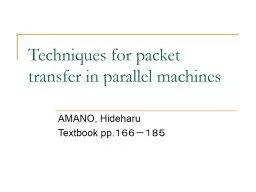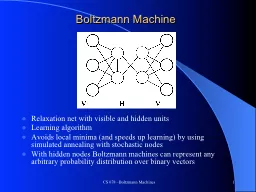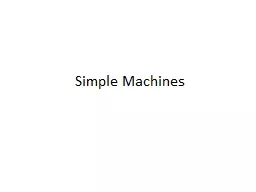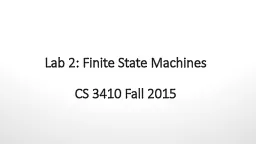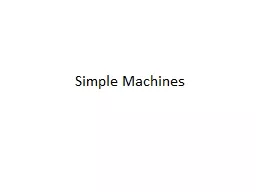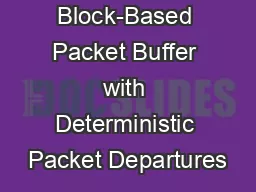PPT-Techniques for packet transfer in parallel machines
Author : test | Published Date : 2016-10-21
AMANO Hideharu Textbook pp 166185 Packet transfer Body destination length source etc Header Flit 8bit64bit Packet switching Circuit switching Flit
Presentation Embed Code
Download Presentation
Download Presentation The PPT/PDF document "Techniques for packet transfer in parall..." is the property of its rightful owner. Permission is granted to download and print the materials on this website for personal, non-commercial use only, and to display it on your personal computer provided you do not modify the materials and that you retain all copyright notices contained in the materials. By downloading content from our website, you accept the terms of this agreement.
Techniques for packet transfer in parallel machines: Transcript
Download Rules Of Document
"Techniques for packet transfer in parallel machines"The content belongs to its owner. You may download and print it for personal use, without modification, and keep all copyright notices. By downloading, you agree to these terms.
Related Documents

